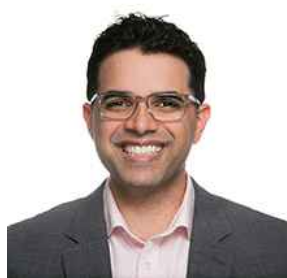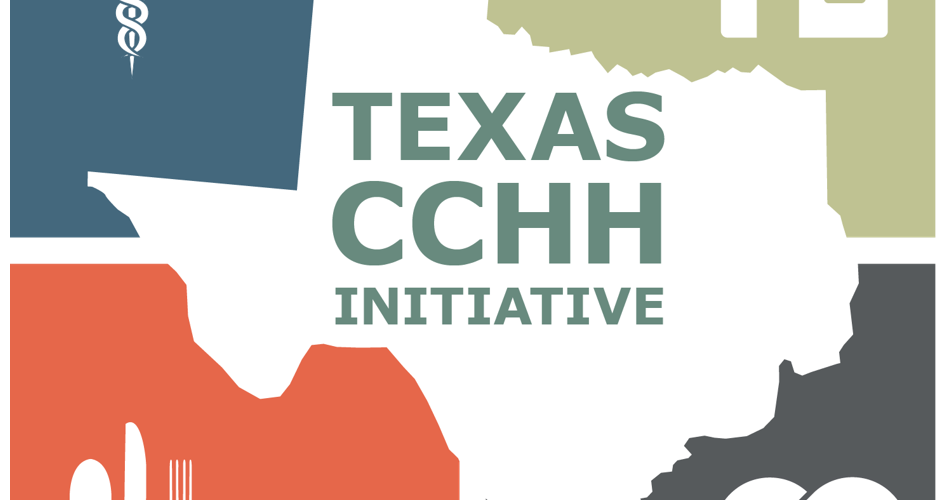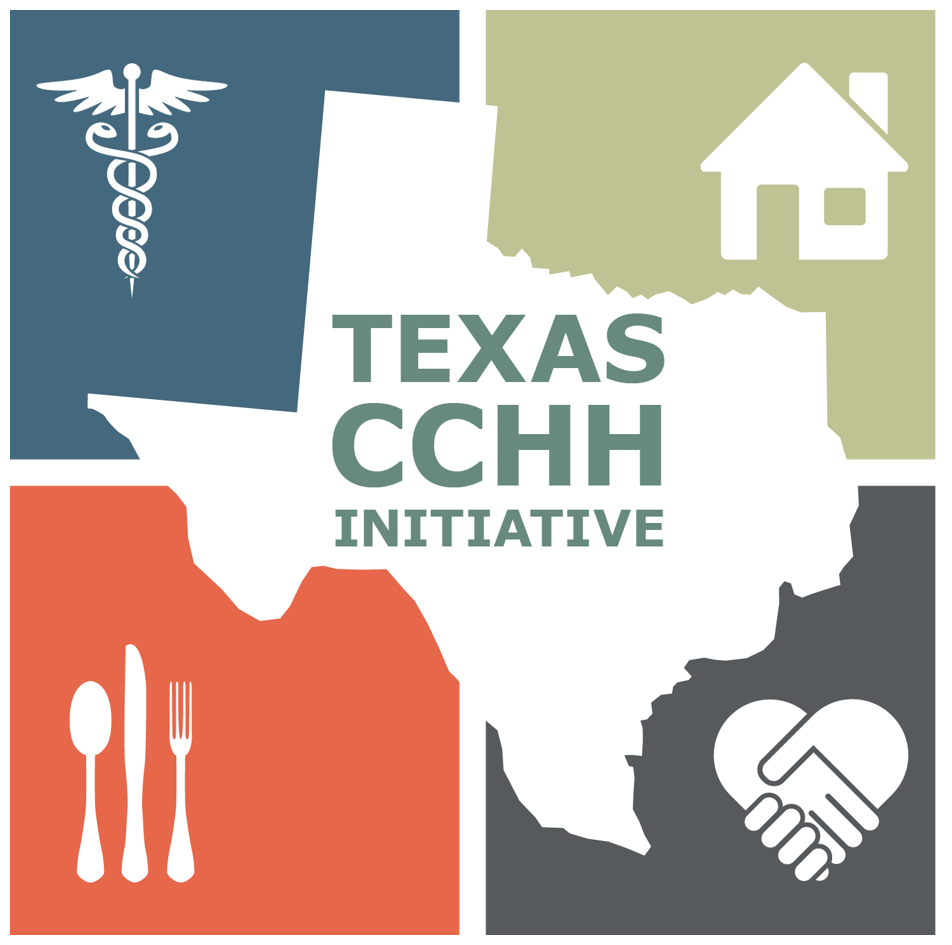This post originally appeared in Modern Healthcare. People’s Community Clinic is one of 13 clinics participating in EHF’s $10 million Texas Community Centered Health Homes Initiative.

By Dr. Pritesh Gandi, associate chief medical officer at People’s Community Clinic in Austin
Forty-five minutes into what was supposed to be a 15-minute visit, my patient turned to me and said, “I’m hungry.” The preceding 44 minutes had been a conversation about headaches, then fatigue, then stress, and finally an admission of hunger.
You wouldn’t think Austin, Texas, a thriving city that’s home to the wildly popular SXSW interactive festival, would suffer from a hunger problem. Yet, an estimated 24% of children in Travis County are food-insecure. And we know we are not alone. Food insecurity is a way of life in communities across the country.
I’m an internist and pediatrician on the leadership team at People’s Community Clinic, an Austin-based federally qualified health center. Our clinic averages over 60,000 patient encounters per year. We see the impact of food insecurity on our patients’ health. Clinical inventions alone can’t get us to the health outcomes we want without complementary community interventions. Recognizing that conditions like food insecurity require engagement inside and outside our clinic walls, we deliberately began to partner with community organizations to address the myriad upstream determinants of health.
We know there are evidence-based tools to reduce poverty: high-quality early childhood education, the earned income tax credit, SNAP, housing assistance, free and reduced-price school lunches. Our first step was to build an on-site teaching kitchen. Then, we co-located SNAP enrollment. Next, we partnered with an organization to sign up eligible families for the earned income tax credit. And we’ve created a social determinants of health screening tool to use internally that links patients to poverty-reducing programs and initiatives. Our goal is to standardize screening citywide, so that community conditions like food insecurity can be easily identified as “hot spots” and trends can be met with timely, scalable interventions.
Our traditional view of community partnerships changed, and we began to offer ourselves and our clinical expertise as a tool to advance health-affirming policies. For example, many of our patients work in industries that do not provide paid sick leave. Downstream public health implications are clear: increased disease transmission, longer hospital stays for children and increased job-related injuries.
This issue also intersects with food insecurity. Families without paid sick leave must choose between putting food on the table and taking care of a sick family member. We’re proud that when community organizations needed a healthcare advocate, they turned to our clinic to help support a citywide policy to require paid sick leave. In February, Austin became the first city in the South to pass such an ordinance.
We use the community-centered health home model to guide our work. Its principles are clear—assess and identify community determinants of health, collaborate with community partners to plan and set priorities, and contribute to improvements in community conditions. We believe that community determinants also affect the health and well-being of our patients, their families and the neighborhoods where they live, work, eat and play. These determinants are just as worthy of our attention as headaches, diabetes and asthma. This work is supported by foundations that believe that unless we focus on advancing population-level interventions, we can’t make sufficient change to turn the tide of the health challenges we face as a nation.
We don’t get paid to reduce poverty. Yet, we know that reducing poverty improves health outcomes. Payers know this too. There are payer-public-private partnerships that have worked to reduce poverty and improve health, but challenges such as high turnover of Medicaid managed-care members remain.
Federally qualified health centers like ours will continue to lead this movement with a recognition of the profound return on investment of this work. We’ve all seen patients like the one who presented with a headache and was found to be chronically hungry, although the circumstances might be different. Now it’s time for us to act on what we’ve seen. Screening our patients is just the beginning. Co-locating services, linking real-time interventions, building the organizing capacity of neighborhood citizens, and amplifying the voices of our patients into meaningful policy change are the next steps in engaging our patients across the full spectrum of health.

